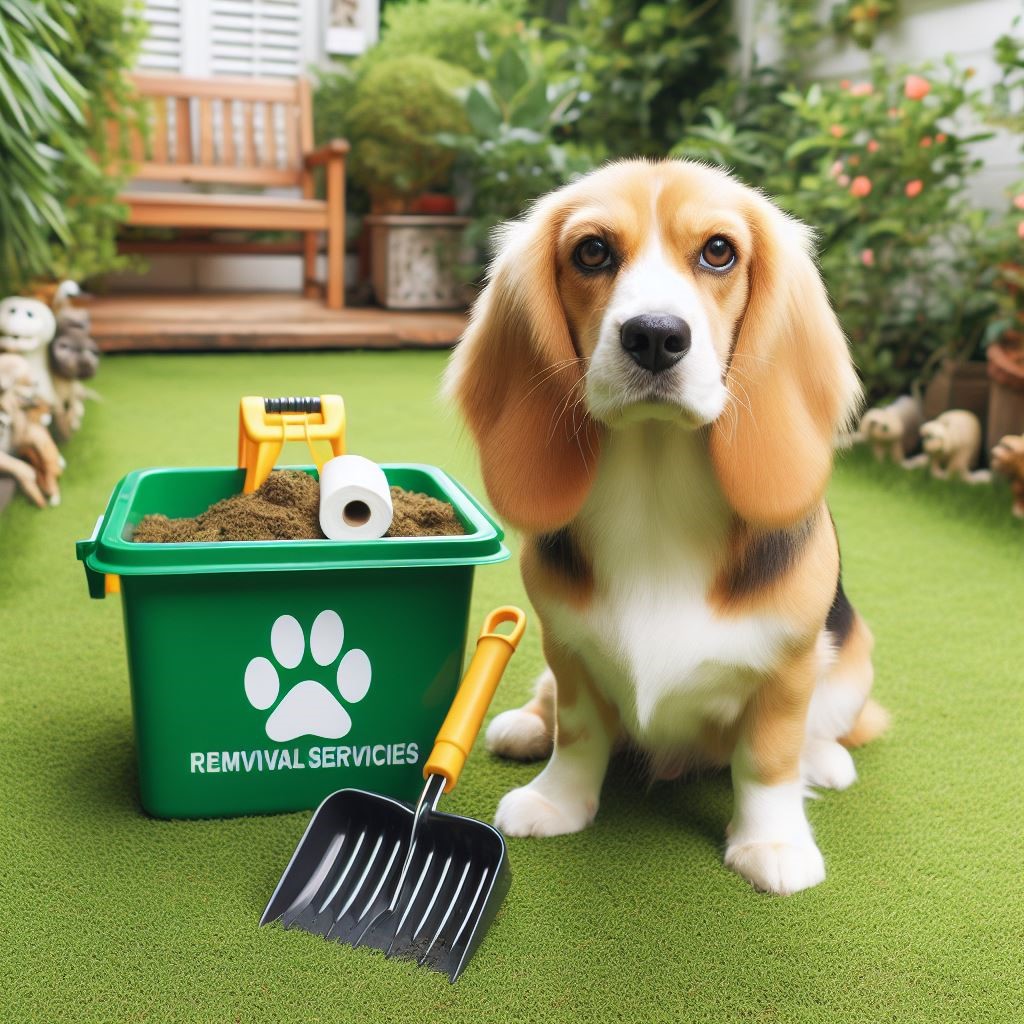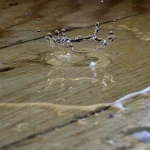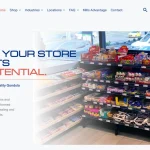Introduction
As neighborhoods expand and pet ownership rises, a hidden challenge grows with it—dog waste accumulation. While public green spaces, apartment complexes, and suburban lawns become more accessible to pet owners, managing the resulting waste is not always factored into development or maintenance strategies.
The issue isn’t just about aesthetics. Uncollected pet waste can compromise public health, damage lawns, and even disrupt local ecosystems. The more pet-friendly a community becomes, the more critical it is to address this need proactively.
Service providers like Doodie Free recognize this evolving challenge. From residential dog poop scooping to commercial dog poop scooping for public areas and shared-use zones, cleanup strategies are essential infrastructure for any modern community.
Dog Waste and Urban Design: A Growing Oversight
Pet ownership has steadily risen across the U.S., particularly in densely populated and mixed-use communities. But while developers plan for walkability, greenspace, and pet amenities, waste management solutions are often an afterthought.
What’s Missing:
- Designated pet relief areas that include waste bins and signage
- Routine cleanup service contracts for shared zones
- Educational signage for new residents or visitors
Without structure, responsibility for pet waste falls unevenly on residents, facility managers, or HOAs—many of whom may lack time or resources to maintain proper hygiene in communal spaces.
Residential Realities: Managing Private Yards
Even in private settings, dog waste can create serious problems if not regularly addressed. For homeowners, especially those with busy schedules or multiple pets, daily scooping can be unrealistic.
Consider the Numbers:
- A single medium-sized dog produces about three-quarters of a pound of waste per day
- Left uncollected, this waste leaches bacteria into soil, spreads parasites, and encourages flies and rodents
Even properties with moderate lawn space quickly accumulate visible and environmental waste if maintenance lapses. For these reasons, recurring residential dog poop scooping—whether one-time, 1x per week, or more frequent—becomes part of a healthy home routine, similar to lawn mowing or trash pickup.
Shared Spaces: Responsibility Without Clarity
Pet-friendly apartment complexes, condos, and HOAs often boast open yards or dog parks. But without clearly designated cleanup services, shared areas can become contentious and hazardous.
Common Challenges:
- Tenant assumptions that staff will handle cleanup
- Overuse of poorly maintained pet zones
- Lack of accountability in multi-resident properties
Inconsistent behavior from residents leads to accumulation that affects everyone. Properties with regular commercial dog poop scooping fare better—not only in appearance but also in community satisfaction.
Health and Safety Concerns in Public Areas
Dog waste isn’t just a visual nuisance—it’s a biohazard. One gram of dog feces can contain millions of harmful bacteria and parasites, including E. coli, giardia, and roundworms. When left on sidewalks or in park soil, this waste can be tracked indoors or carried into local waterways during rain.
Areas at High Risk:
- Playgrounds with adjacent dog walking routes
- Trails or sidewalks without disposal stations
- Outdoor dining patios near pet-friendly areas
Children, older adults, and immunocompromised individuals are particularly susceptible to infection. A consistent cleanup system helps mitigate these risks and promotes safe, sanitary shared environments.
Community Image and Property Value
Dog-friendly features like parks, pet stations, and green trails are now major selling points for real estate developments. However, their appeal fades quickly if upkeep is inconsistent. Properties that lack maintenance plans often see a drop in usability and tenant satisfaction.
Negative Impacts of Neglect:
- Residents avoiding common spaces due to mess
- Increased maintenance costs for lawn repair or pest control
- Decline in curb appeal or property value
On the flip side, communities that invest in dog poop scooping services in Cincinnati enjoy cleaner grounds, more engaged pet owners, and fewer disputes over shared space cleanliness.
Service Models That Work
An effective pet waste management plan is tailored to the space, use level, and local pet population. For residential clients, this could range from a one-time cleanup after a long winter to a 5x per week service for a household with multiple dogs.
In public or commercial settings, solutions are even more specific:
Recommended Practices:
- Daily or multi-week visits for parks and multi-unit housing
- Seasonal scheduling to align with peak pet traffic
- Flexible scope to include trails, entryways, and bin restocking
Even small complexes benefit from consistent weekly service, ensuring that dog waste never becomes a visible or olfactory issue.
Education and Engagement
Successful waste management isn’t just about physical cleanup—it’s also about awareness. Signage, bin placement, and community engagement all play roles in shifting norms and expectations.
Effective Community Tactics:
- Install pet waste bag dispensers with clear disposal instructions
- Include pet waste policies in leasing or HOA agreements
- Provide digital reminders or newsletter inserts about shared space expectations
The presence of regular cleanup services, whether private or commercial, reinforces the standard and encourages participation from residents.
Investing in Livable, Pet-Friendly Spaces
As more families include dogs in their homes, thoughtful pet waste management becomes a necessity. It’s not just a matter of sanitation—it’s part of creating communities where shared outdoor spaces are clean, safe, and usable for all.
Doodie Free supports this vision through residential and commercial solutions that adapt to each community’s needs. By viewing pet waste as a maintenance priority—not a minor inconvenience—cities and neighborhoods can improve livability while staying pet-positive.
Conclusion
Clean communities are built on intentional systems, not good intentions alone. From small suburban backyards to sprawling public parks, uncollected pet waste creates a chain reaction of problems for health, appearance, and community relationships.
Whether it’s residential dog poop scooping on a 1x per week basis or structured commercial dog poop scooping for public spaces, consistent service is the cornerstone of clean, safe, pet-friendly environments. Without it, even the most carefully planned communities fall short of their promise.
By building pet waste management into the fabric of modern neighborhoods, we not only preserve property and health—we ensure that pets and people can enjoy their shared spaces without compromise.







